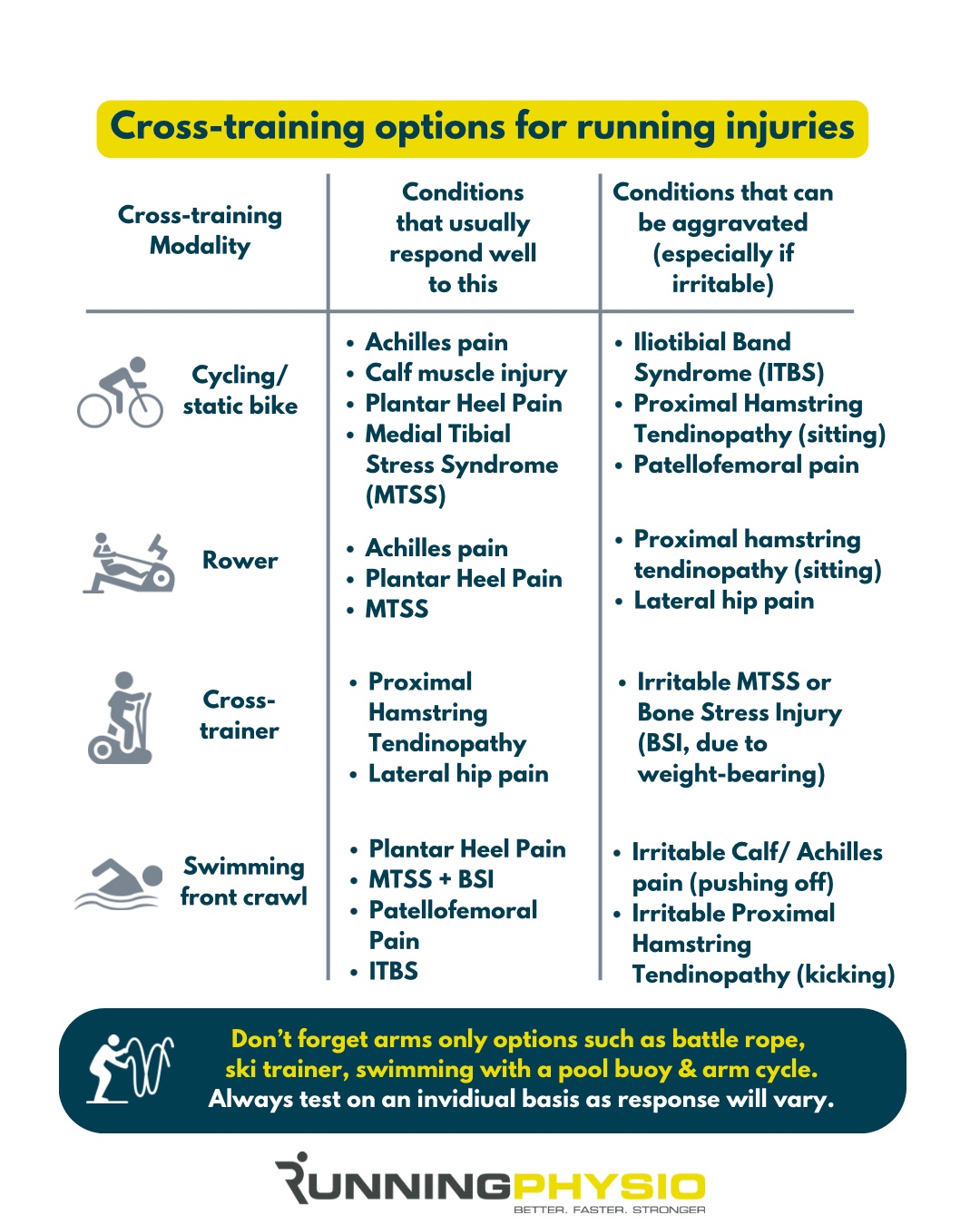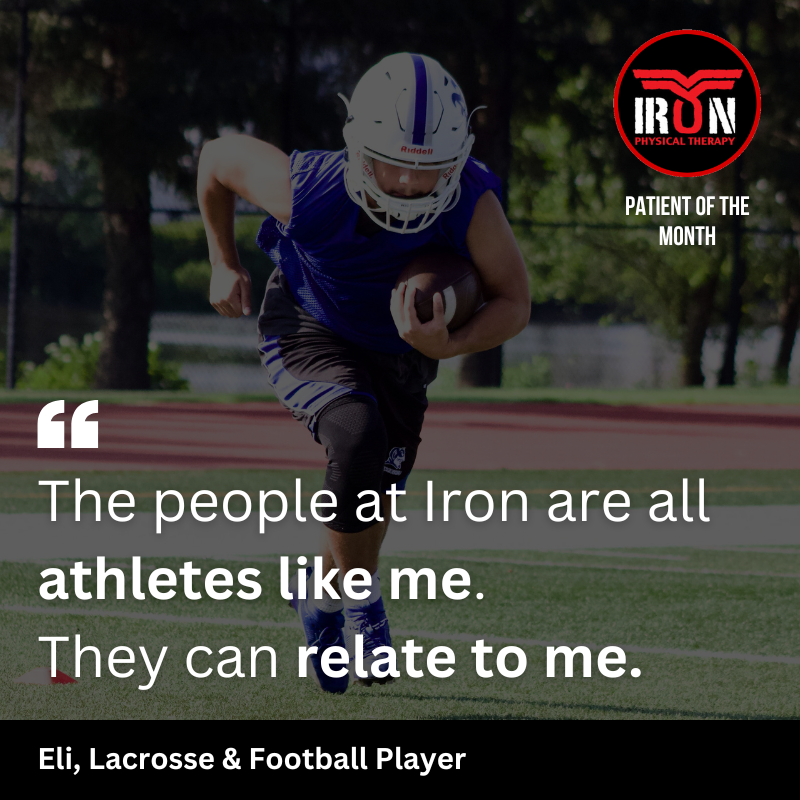Autism spectrum disorder (ASD) impacts how children connect with others and perceive their environment. Alongside therapies and educational support, promoting regular physical activity is essential for enhancing their health, well-being, and everyday experiences.
For children with autism, movement is more than just play—it’s a pathway to better health, learning, and connection. From building motor skills and improving focus to reducing anxiety and encouraging social interaction, regular physical activity supports many of the challenges children with ASD face in daily life.
Research has shown that children with autism are significantly less active than their neurotypical peers, often due to sensory sensitivities, motor coordination difficulties, or a lack of inclusive environments. Yet, when given the right support and opportunities, these children can thrive through movement-based activities.
In this article, we look at how autism affects movement and activity levels, the benefits of physical activity for children with autism, practical strategies to encourage movement and examples of effective programs and activities.
Table of Contents:
How Autism Affects Movement and Activity Levels
Autism spectrum disorder (ASD) is a neurodevelopmental condition that impacts communication, social interaction, and sensory processing. These differences can also influence a child’s movement and physical activity in several ways.
Motor Skill Challenges
Many children with autism experience delays or difficulties with motor skills. This can include challenges with coordination, balance, and fine or gross motor tasks like running, jumping, or catching a ball. These motor skill differences may make physical activities feel frustrating or overwhelming.
Sensory Sensitivities
Sensory processing issues are common in autism. Children may be over- or under-sensitive to sounds, lights, textures, or touch. These sensitivities can affect how comfortable or willing a child feels to participate in certain activities—such as noisy sports environments or games requiring close physical contact.
Routine and Predictability
Children with autism often prefer routine and predictability. Unstructured or unfamiliar physical activities can sometimes cause anxiety, making it harder to engage consistently in exercise or play.
Social and Environmental Factors
Social communication challenges can make team sports or group activities intimidating. Additionally, many environments lack the adaptations needed to support children with autism, which limits opportunities for safe and enjoyable physical activity.
Benefits of Physical Activity for Children with Autism
Physical activity offers many important benefits for children with autism spectrum disorder (ASD), supporting their physical health, emotional well-being, and social skills.
Physical Health Improvements
Regular movement can improve motor skills such as balance, coordination, and strength, which are often areas of difficulty for children with autism. Research shows that physical activity also supports cardiovascular health and helps reduce the risk of obesity, which is more common in children with ASD due to lower activity levels.i Additionally, exercise is linked to better sleep quality, an important factor since many children with autism experience sleep challenges.
Mental and Emotional Benefits
Exercise helps reduce anxiety and stress by releasing mood-enhancing chemicals in the brain. Studies have found that children with ASD who engage in regular physical activity often experience improved focus and attention.ii Physical activity also promotes self-confidence as children master new skills and enjoy movement.
Social and Behavioral Enhancements
Participating in group activities or sports provides opportunities for social interaction and practicing important skills like turn-taking and cooperation. Physical activity has also been shown to reduce repetitive behaviors and improve emotional regulation in children with autism.iii These benefits contribute to better overall behavior and social engagement.
Practical Strategies to Encourage Movement
While the benefits of physical activity for children with autism are clear, how do we encourage movement in a way that feels comfortable, meaningful, and fun?
Here are three key strategies:
Tailor Activities to Individual Needs
Children on the autism spectrum often have unique sensory profiles, communication styles, and movement preferences. Tailoring activities helps ensure they feel safe and successful.
- Follow their interests: If a child loves animals, create “animal walks” (e.g., bear crawls, crab walks). If they enjoy music, try movement games with songs.
- Adjust to sensory needs: Offer quiet, low-stimulation environments for children sensitive to noise or crowds. Use soft lighting, noise-reducing headphones, or textured mats for comfort.
- Provide structure and predictability: Use visual schedules or timers to prepare children for what’s coming next.
- Break activities into small, achievable steps: Simple tasks build confidence and allow children to engage without feeling overwhelmed.
Create Inclusive Environments
Inclusivity is key to making physical activity accessible to all children, regardless of ability.
- Design spaces for everyone: Ensure the environment is physically accessible and calming (e.g., wide paths, sensory-friendly lighting).
- Adapt activities: Use modified equipment like larger balls or visual cues. Offer alternatives to high-contact or competitive sports.
- Promote a “try your best” mindset: Focus on effort and enjoyment rather than comparison or performance.
Involve Families and Communities
When families and communities are part of the movement journey, children are more likely to stay engaged.
- Encourage active routines at home: Dance parties, family walks, or stretching before bed can become enjoyable rituals.
- Host community events: Autism-friendly fitness days, inclusive park meetups, or movement workshops can unite families and offer new opportunities.
- Empower caregivers: Provide resources and training so parents and educators feel confident leading movement-based activities.
Examples of Effective Programs and Activities
Ontario offers a growing number of inclusive and adaptive programs that support physical activity for children with autism. These programs are designed to meet a wide range of needs—supporting sensory preferences, motor skill development, and social growth through fun, movement-based experiences.
Here are some examples of effective programs and activities available across Ontario:
1. Yoga and Mindful Movement
Yoga helps many children with autism improve self-regulation, flexibility, and focus. In Ontario, several programs offer adapted sessions:
- Autism Ontario often partners with local instructors to run virtual and in-person yoga or mindful movement classes across regions.
- Stretch Beyond Yoga (GTA) offers therapeutic yoga designed specifically for children with special needs.
- Local recreation centres and community centres frequently host inclusive yoga or calm movement classes—check with your municipality.
2. Adaptive and Inclusive Sports Leagues
Many communities across Ontario provide structured sports programs that are inclusive of children with autism:
- Special Olympics Ontario – Young Athletes Program offers early movement skills for ages 2–12 in a supportive, play-based environment.
- Jumpstart Inclusive Play Programs, funded by Canadian Tire Jumpstart, partner with local organizations to offer adaptive soccer, basketball, and skating.
- All Sports All People in the GTA offers inclusive multi-sport programming for children with diverse abilities.
These programs focus on fun and participation rather than competition—ideal for confidence-building.
3. Interactive Movement with Technology
Technology-based movement tools are helpful for home and classroom settings:
- GoNoodle and Cosmic Kids Yoga are widely used in Ontario schools and therapy centres.
- Families can also use systems like Nintendo Switch Ring Fit Adventure or Just Dance for fun, screen-guided movement at home.
- Autism Ontario occasionally offers virtual fitness or dance sessions, especially during school breaks.
These tools offer structure, repetition, and fun—key ingredients for many children on the spectrum.
4. Sensory Gyms and Therapeutic Recreation Centres
Across Ontario, there are several specialized centres designed with sensory-friendly, movement-based experiences:
- We Rock the Spectrum – Oakville: A fully equipped sensory gym with open play, fitness classes, and private sessions.
- Grandview Kids (Durham Region): Offers occupational therapy and recreational programs for children with ASD.
- ErinoakKids (Mississauga/Peel/Halton): Provides therapeutic recreation and adapted physical activity sessions.
These centres often combine therapeutic principles with fun, physical engagement in safe, inclusive settings.
5. Peer-Buddy Programs and Movement Clubs
Programs that pair children with autism with trained peers or coaches can be powerful for social and physical development:
- Best Buddies Canada (available in many Ontario schools) helps foster social inclusion, and some chapters organize fitness or activity meetups.
- YMCA of Greater Toronto and other YMCAs across Ontario offer inclusive camps, fitness classes, and swim programs.
- Autism Ontario Local Chapters often host family movement events, sensory-friendly swim times, or community hikes.
These activities help children stay active while feeling accepted and supported.
From therapeutic gyms to community yoga, Ontario has many inclusive options that make physical activity enjoyable and accessible for children with autism. By exploring local programs and adapting activities to each child’s needs, families can build positive movement routines that support both health and happiness.
Conclusion
Physical activity plays a crucial role in the overall development and well-being of children with autism spectrum disorder (ASD). Research indicates that regular movement can improve motor skills, enhance cognitive function, and support emotional regulation in this population. Furthermore, physical activity has been shown to reduce anxiety, improve sleep quality, and foster social engagement—areas often challenging for children with autism.
By tailoring activities to each child’s unique sensory and developmental needs, creating inclusive and sensory-friendly environments, and actively involving families and communities, we can facilitate meaningful participation in physical activity for all children, regardless of ability.
Prioritizing physical activity not only promotes physical health but also supports neurological development and psychosocial well-being, contributing to a high quality of life for children with autism.
References
[i] Bandini, L. G., et al. (2013). Comparison of physical activity between children with autism spectrum disorders and typically developing children. Autism, 17(1), 44–54.
[ii] Lang, R., et al. (2010). Physical exercise and children with autism spectrum disorder: A review of the literature. Research in Autism Spectrum Disorders, 4(4), 565–575.
[iii] Bremer, E., Crozier, M., & Lloyd, M. (2015). A systematic review of the behavioral outcomes following exercise interventions for children and youth with autism spectrum disorder. Research in Autism Spectrum Disorders, 16, 1–9.









